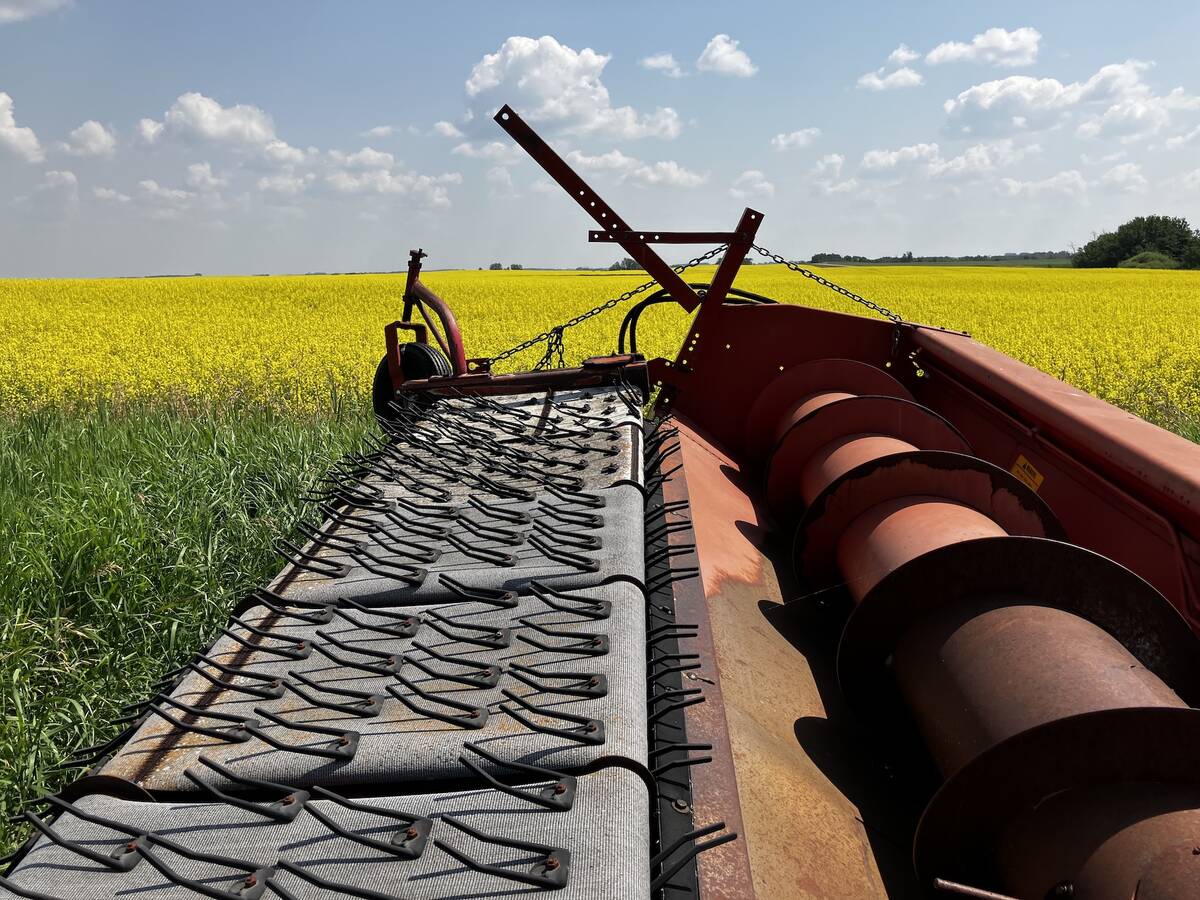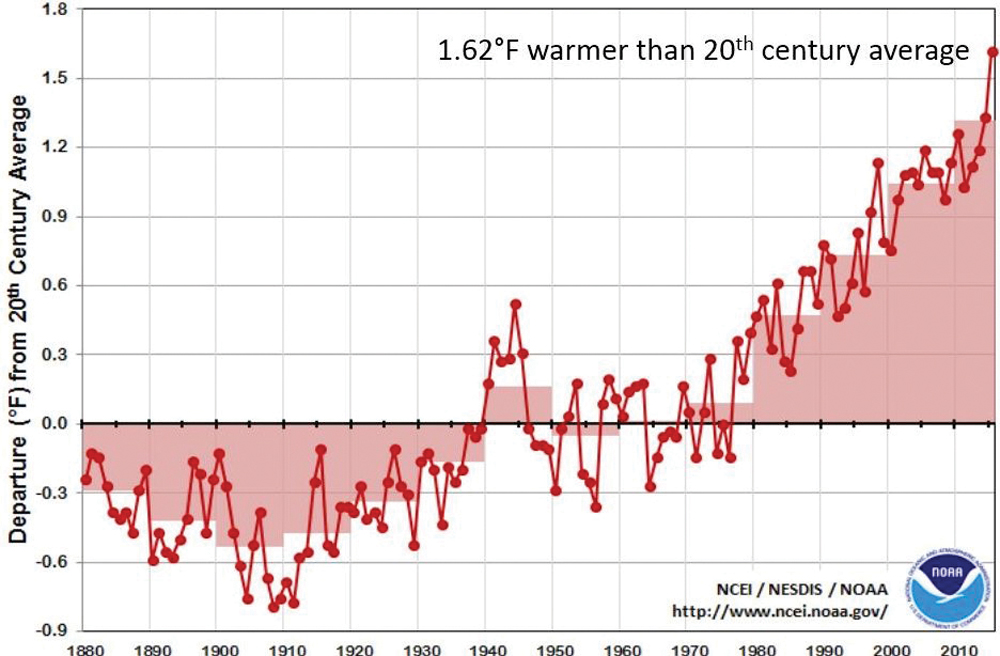The world is enduring the hottest year on record, according to a U. S. national weather analysis, causing droughts worldwide and a concern for U. S. farmers counting on another bumper year.
For the first six months of the year, 2010 has been warmer than the first half of 1998, the previous record holder, by 0.03 F, said Jay Lawrimore, chief of climate analysis at the federal National Climatic Data Center.
“We had an El Nińo episode in the early part of the year that’s now faded but that has contributed to the warmth not only in equatorial Pacific but also contributed to anomalously warm global temperatures as well,” Lawrimore said.
Read Also

Stronger canola prices welcome surprise
Mid-November canola market holding above resistance based on durable demand, resulting in pleasantly higher canola prices for Canadian farmers
Abnormally warm temperatures have been registered in large parts of Canada, Africa, tropical oceans and parts of the Middle East.
Northern Thailand is struggling through the worst drought in 20 years, while Israel is in the middle of the longest and most severe drought since 1920s. In Britain, this year has been the driest since 1929.
Also, Arctic sea ice has melted to its thinnest state in June.
However, as cooler temperatures may set in later this year, it remains to be seen whether 2010 will overtake 2005 as the hottest year overall.
“This year the fact that the El Nińo episode has ended and is likely to transition into La Nińa, which has a cooling influence on the global average temperature, it’s possible that we will not end up with the warmest year as a whole.”
The record-warm weather globally hasn’t translated into the same in the United States, where June was only eighth hottest to date.
“For the U. S., January to June, this is only slightly warmer than average,” Lawrimore said.
What may tip the scale is the development of La Nińa, possibly coming in July and August, according to the National Oceanic and Atmospheric Administration.
Although La Nińa means cooling globally, the transition commonly brings hotter and drier weather to the farming belt of the U. S. Midwest region.
“It’s going to be pretty warm across eastern Nebraska, Iowa, western portions of Missouri, mid-to upper 90s (F),” said Donald Keeney, senior agriculture meteorologist with CROPCAST Ag Services.














